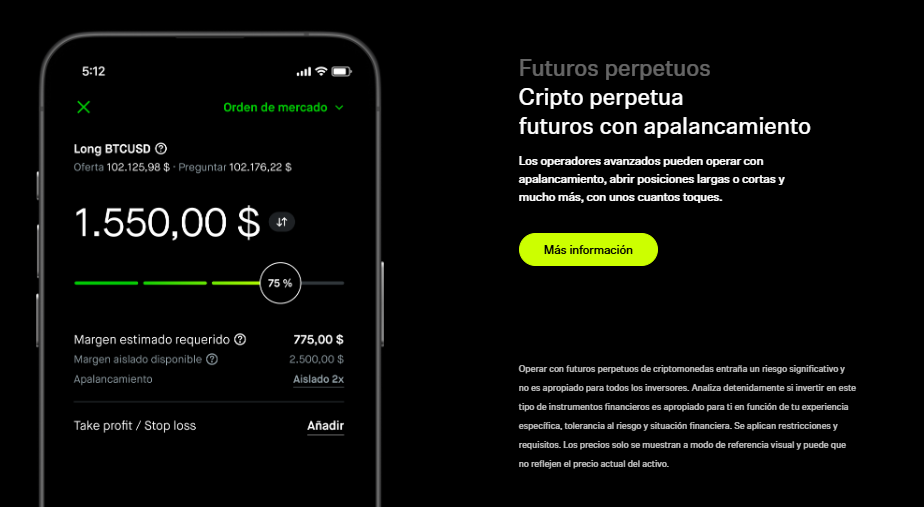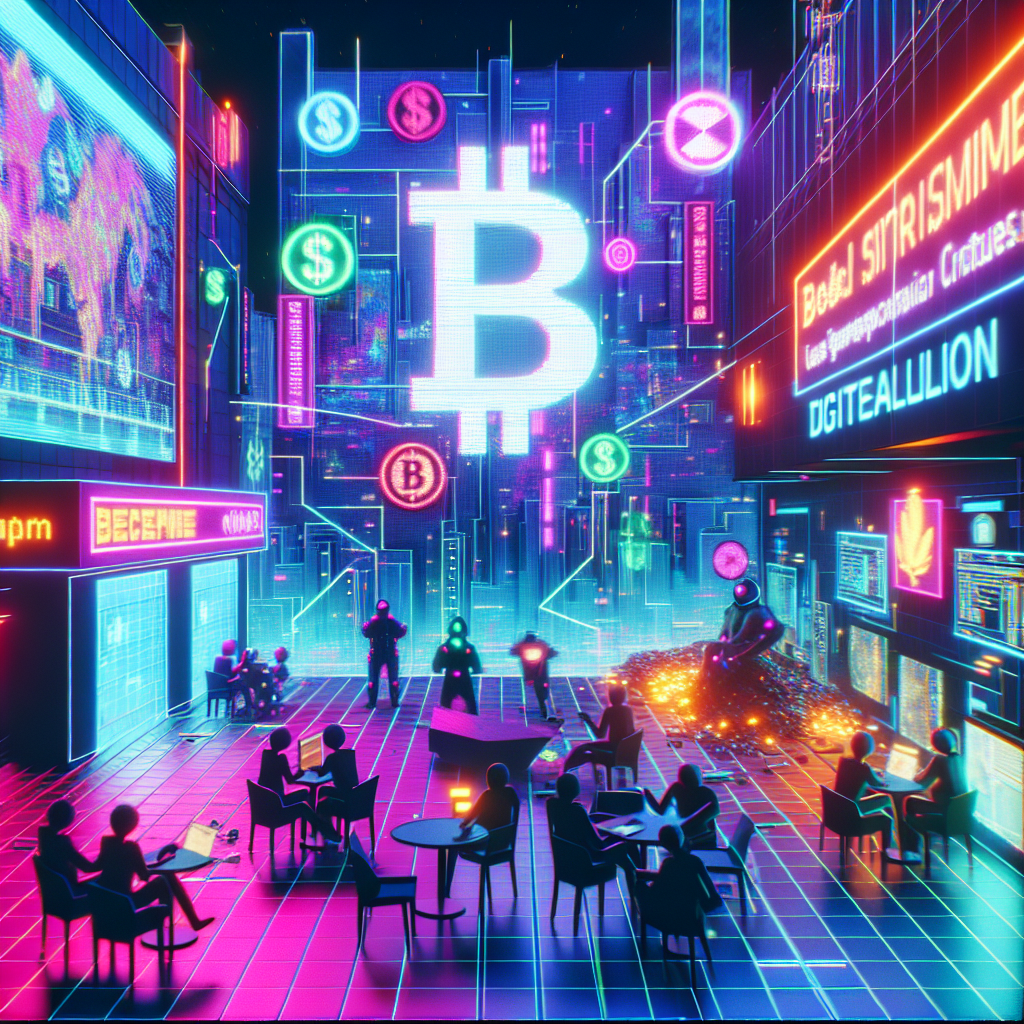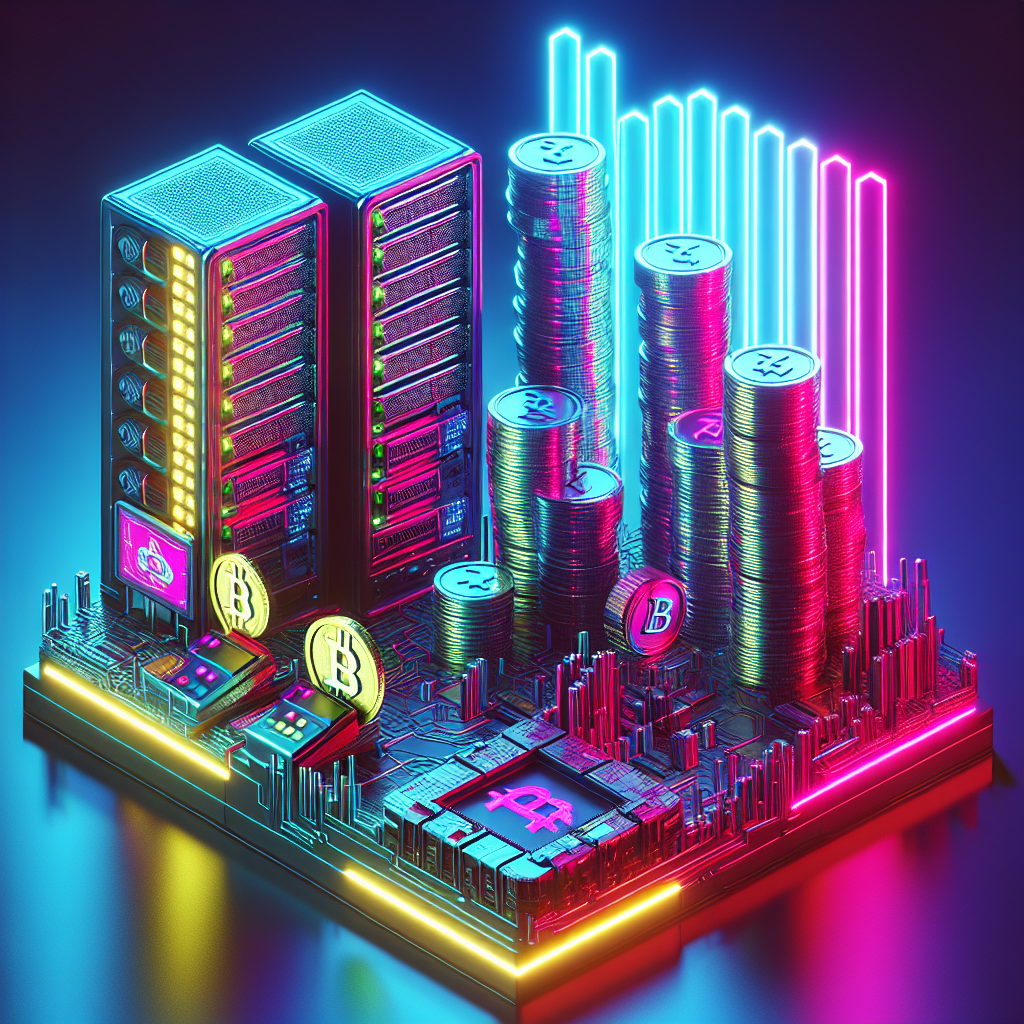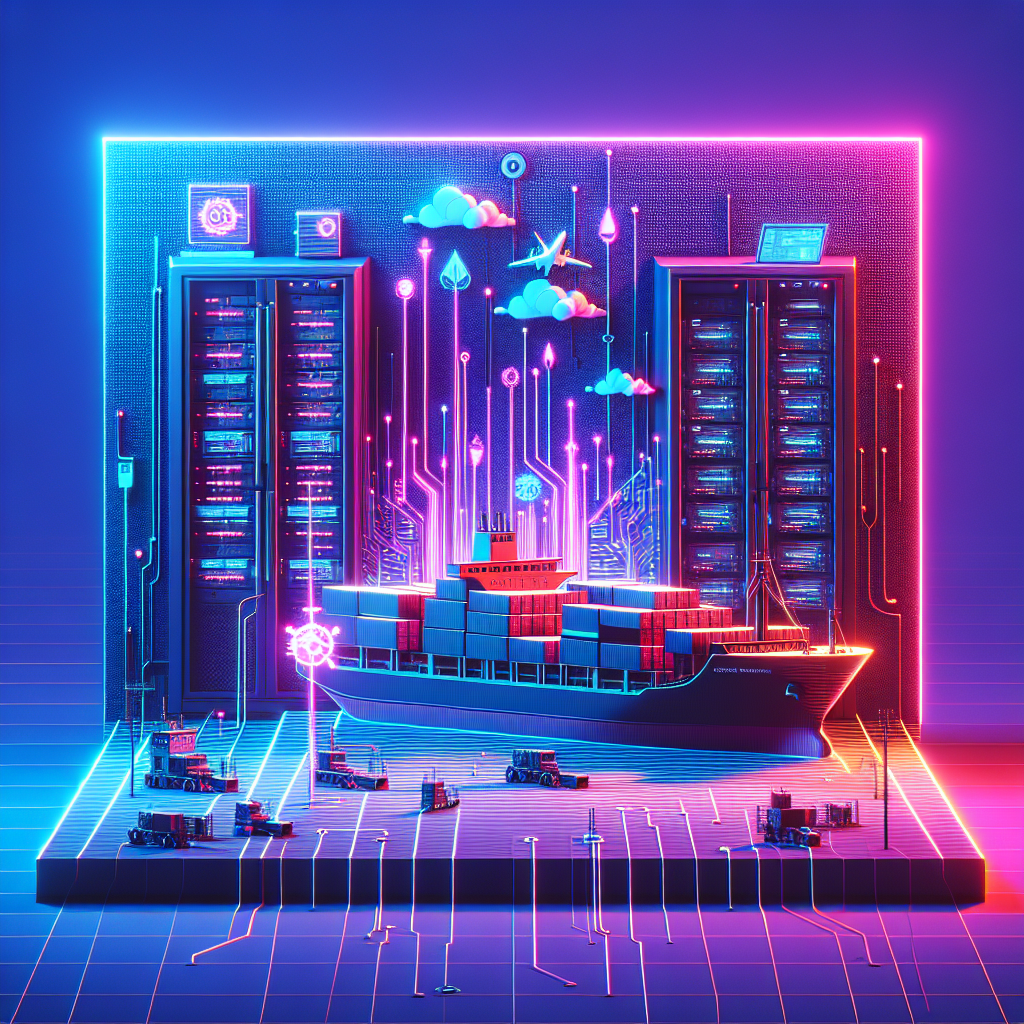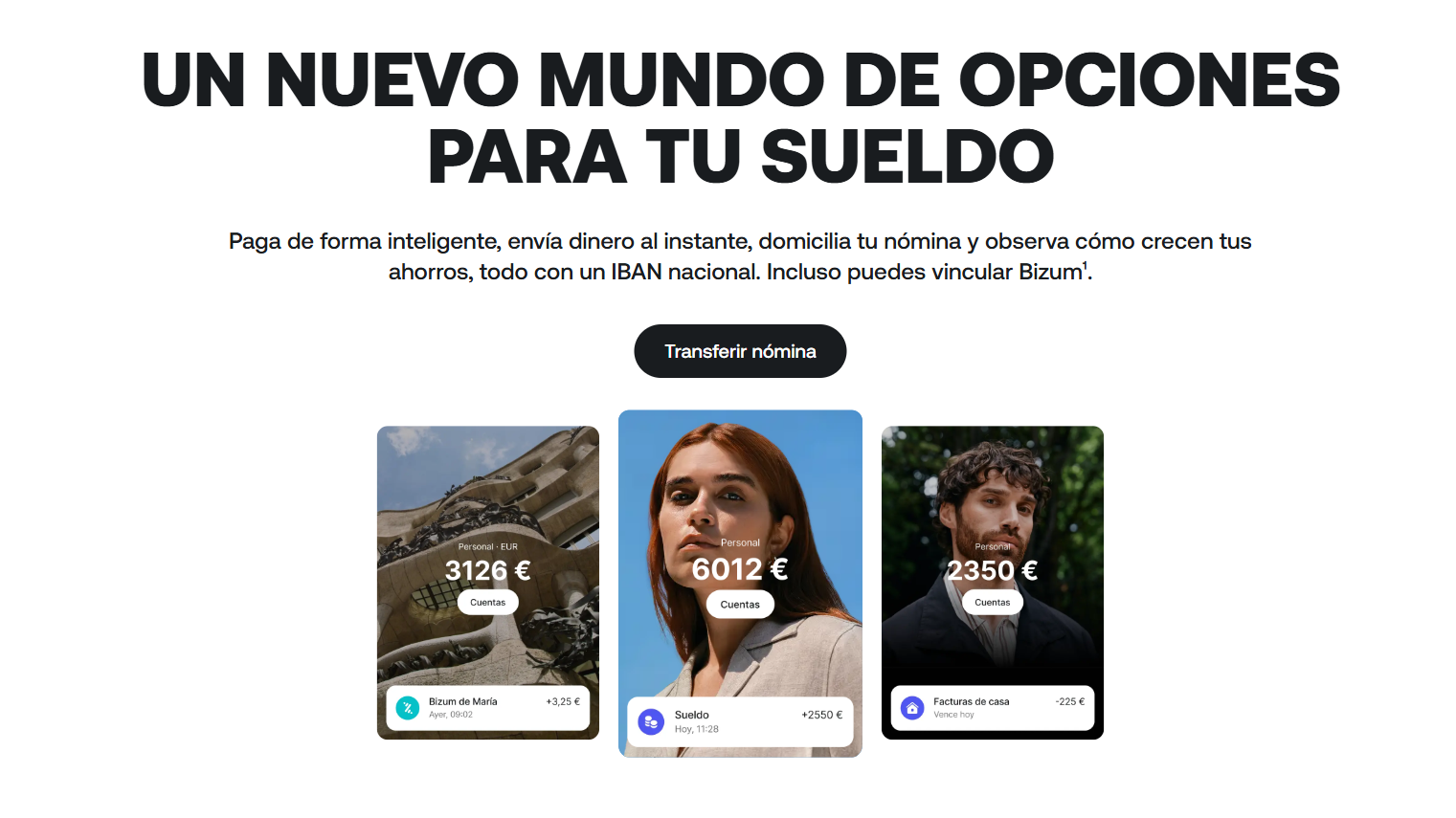Institutions and Blockchain: Expectations for Infrastructure
Learn About Institutions' Expectations Around Blockchain Infrastructure. Improve Security, Comply with Regulations, and Facilitate Integration. 👉 Click Here.

Institutions and Blockchain: Expectations for Infrastructure
The interaction of institutions with blockchain is gaining ground. More and more banks, asset managers, and large global companies are seriously dabbling in blockchain technology. However, their success is strongly linked to the creation of an infrastructure that meets the standards required by these entities. Currently, 86% of institutional investors globally already have exposure to digital assets or plan to do so by 2025, representing a fundamental shift towards the adoption of blockchain as an enterprise-ready technology.
This evolution is motivating developers to build infrastructures that are more robust, easier to integrate, and secure for institutional users. This growing number of users brings with it clear expectations shaped by decades of experience in regulated markets and enterprise technology. Blockchain infrastructure is expected to offer the same standards of compliance, security, user experience, and operational reliability that are now standard features in traditional finance.
What Do Institutions Expect from Blockchain Infrastructure?
Institutions do not evaluate blockchain technologies without critical analysis. These bring with them specific expectations that blockchain infrastructure must meet in order to achieve meaningful adoption. The main areas to consider include:
– Security and operational control: Key management must be sophisticated, beyond consumer wallets; Access controls that align with corporate governance and approval systems that avoid single points of failure are required. Between 38% and 50% of companies cite wallet security and key management as significant barriers to blockchain adoption.
– Compliance and transparency: These are non-negotiable conditions. Financial institutions must adhere to strict Know Your Customer (KYC) and Anti-Money Laundering (AML) frameworks, with clear traceability. Since companies already use automated compliance reporting, they expect this to be implemented into the blockchain infrastructure as standard.
– User experience: User experience expectations reflect what institutions demand from any enterprise software: intuitive interfaces and workflows designed for business users rather than technical specialists. Complex onboarding processes and inconsistent interfaces remain primary barriers to institutional adoption.
– Integration support: Institutions need blockchain solutions to work in perfect harmony with existing infrastructure. This requires enterprise-grade application programming interfaces (APIs) and integration capabilities with Enterprise Resource Planning (ERP) systems, compliance platforms, and treasury management tools.
Institutional Web3 Architecture
To meet institutional demands, a comprehensive suite of technologies is required that addresses five essential layers:
1. Wallets and key management: They form the foundation, but current consumer solutions don’t meet business needs. Institutions require multi-user permission systems and secure storage with role-based access controls.
2. Custody and compliance: They represent more mature areas. They need regulated and insured custody solutions that operate under clear jurisdictional frameworks.
3. Liquidity and reconciliation capacity: They are crucial for institutional operations. Stablecoin adoption has reached an institutional level, with USDC processing over $1 trillion in monthly volume.
4. UI and user experience development: Most platforms are designed for developers and not business users, which makes onboarding processes a hurdle.
5. APIs and integration: Enterprise quality standards are required that many platforms are still developing. Comprehensive APIs with proper documentation and real-time support are needed.
Strengths in Blockchain Infrastructure
No blockchain has yet perfected the entire institutional set, but rapid progress across different ecosystems is creating a more mature infrastructure landscape. TON is well positioned in this context, with transaction throughput of 104,000 to 108,000 TPS and settlement completion in 3 to 5 seconds, aligning with institutional performance requirements.
Recent developments demonstrate a growing institutional recognition of TON, driven by initiatives such as the $400 million institutional treasury and expanded custody support through platforms such as Crypto.com. Combining enterprise-grade performance with ease of use in onboarding is key to meeting institutional needs across multiple layers of blockchain infrastructure.
To stay on top of developments and expectations around blockchain infrastructure and its impact on institutions, follow our blog.
Source: https://blog.ton.org/the-infrastructure-institutions-need-to-succeed
Note: This original content has been modified with AI and reviewed by a specialist.



